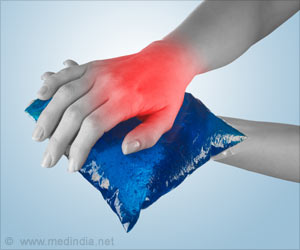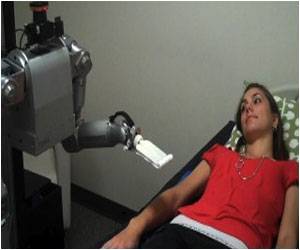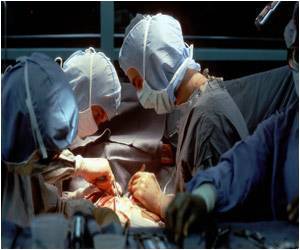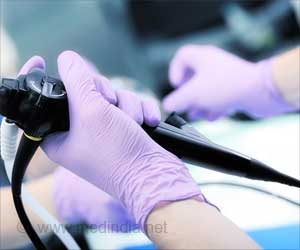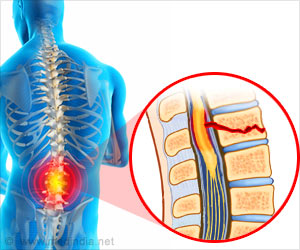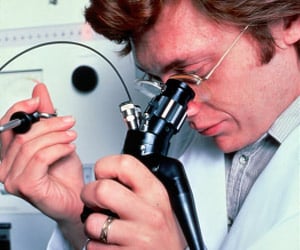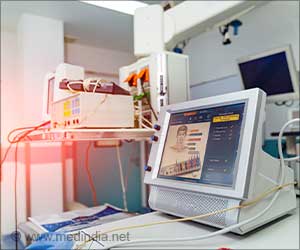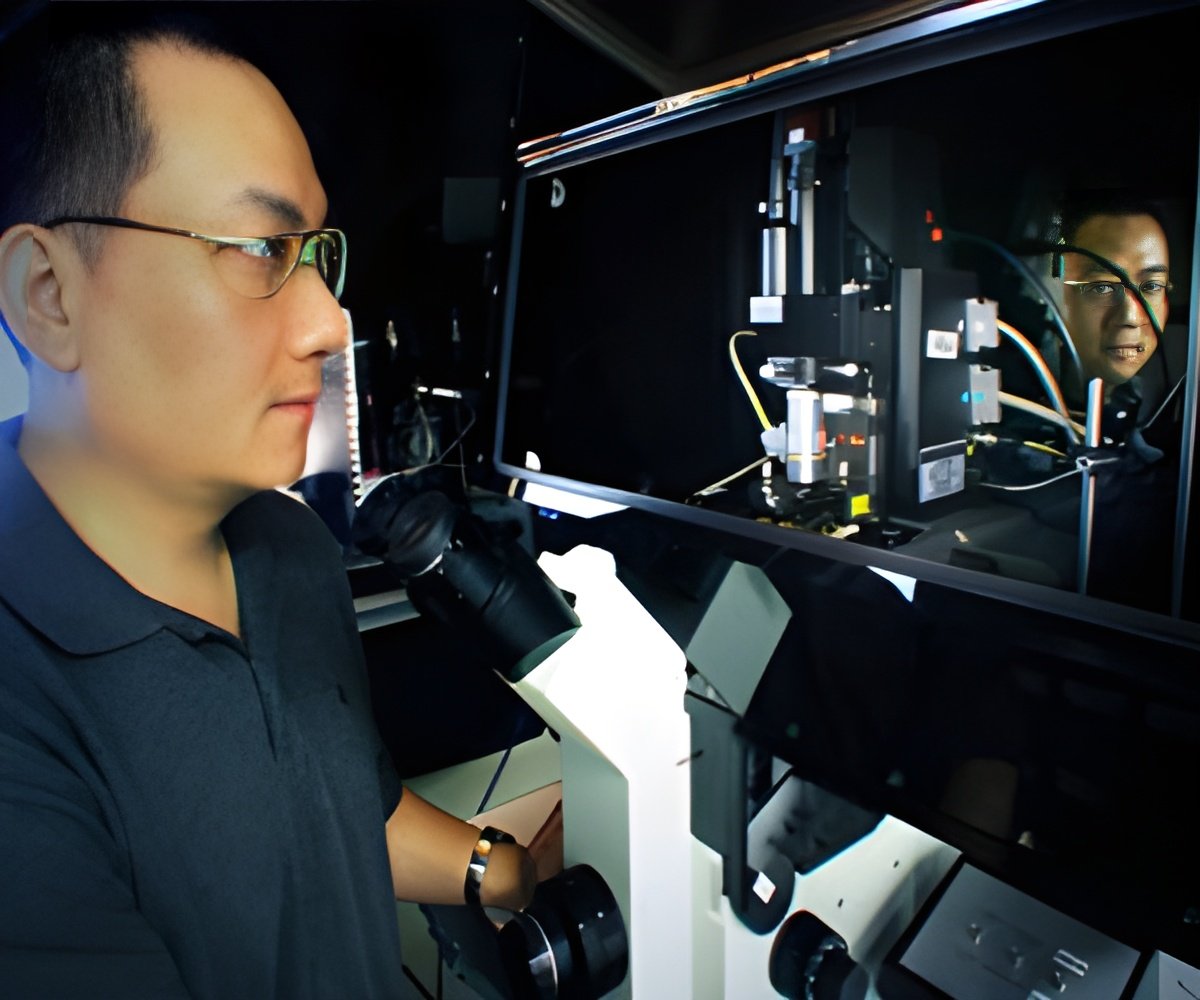
Kumar further added, "Developed from fire-proof ABS plastic, the snake-like motion of the prototypes (about a meter in length) helps in navigation of rough terrain. The robots can also communicate with each other. When deployed in a search and rescue operation or a surveillance mission (defense-related), snake robots communicate with each other and with a central station from a cyber-physical system through various sensors such as video camera, GPS, Infrared and ultrasonic range finders."
These robots could also touch and identify survivors. Kumar said, "We are working on improving the semi-autonomous performance of snake robot for navigation and haptic feedback for survivor detection. Haptics is the science of applying touch (tactile) sensation and control to interaction with computer applications and the robot would be able to touch and identify survivors. The prototypes have been built with motors sourced from abroad but when manufactured locally, the cost would be around Rs. 20,000."
Source-IANS


